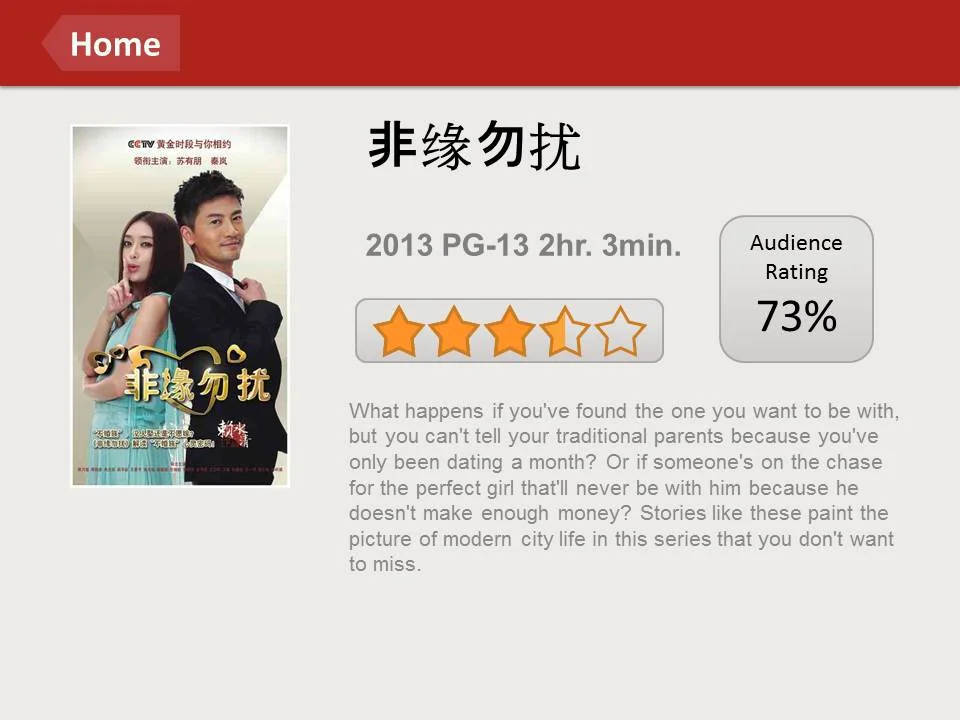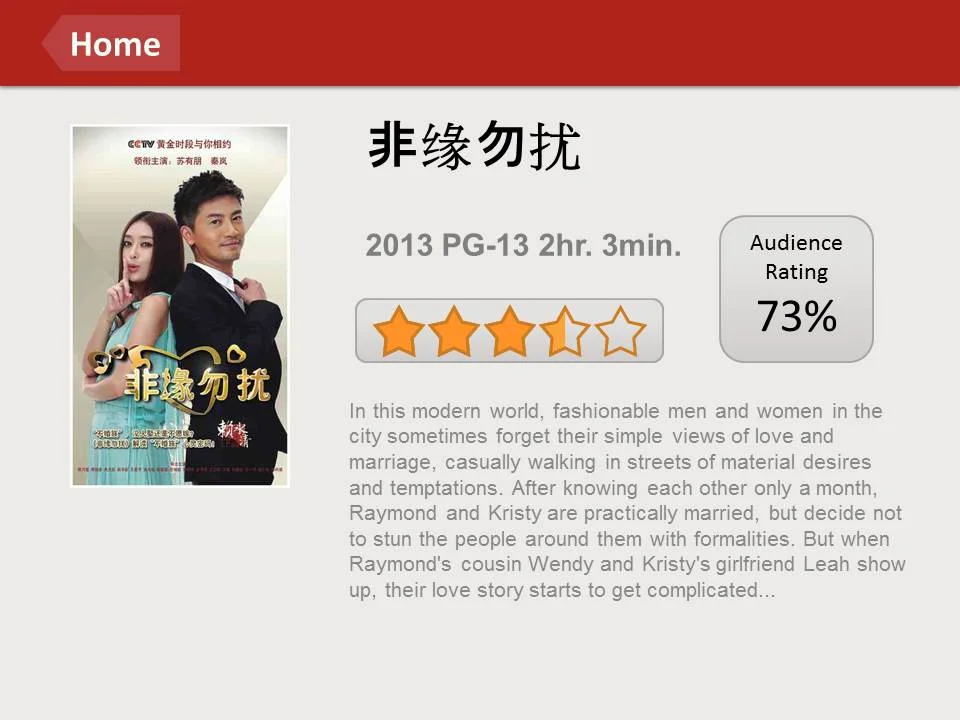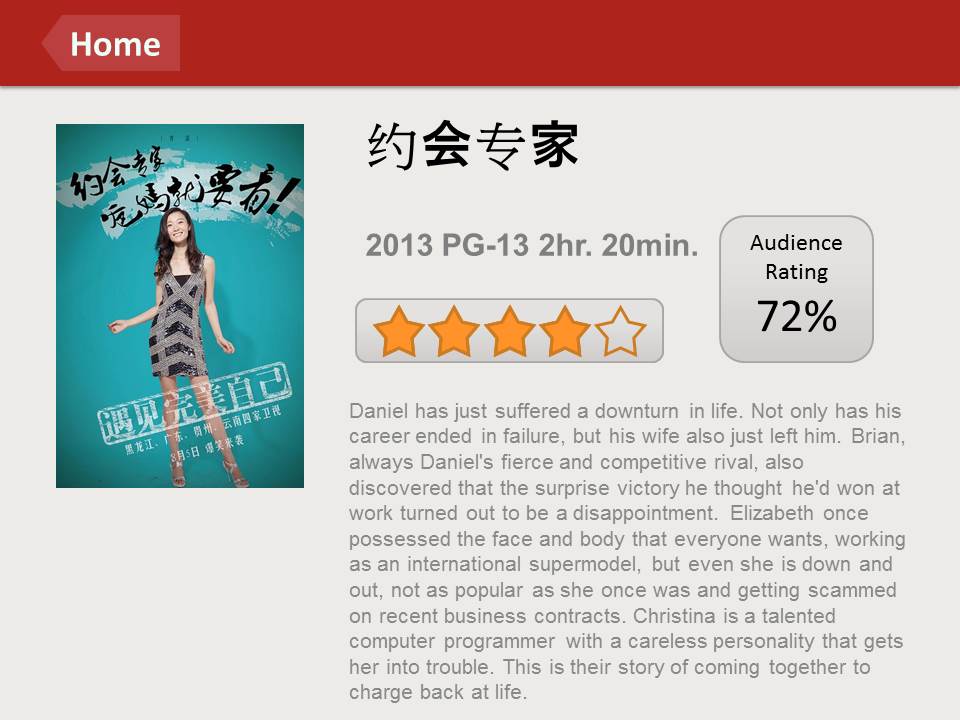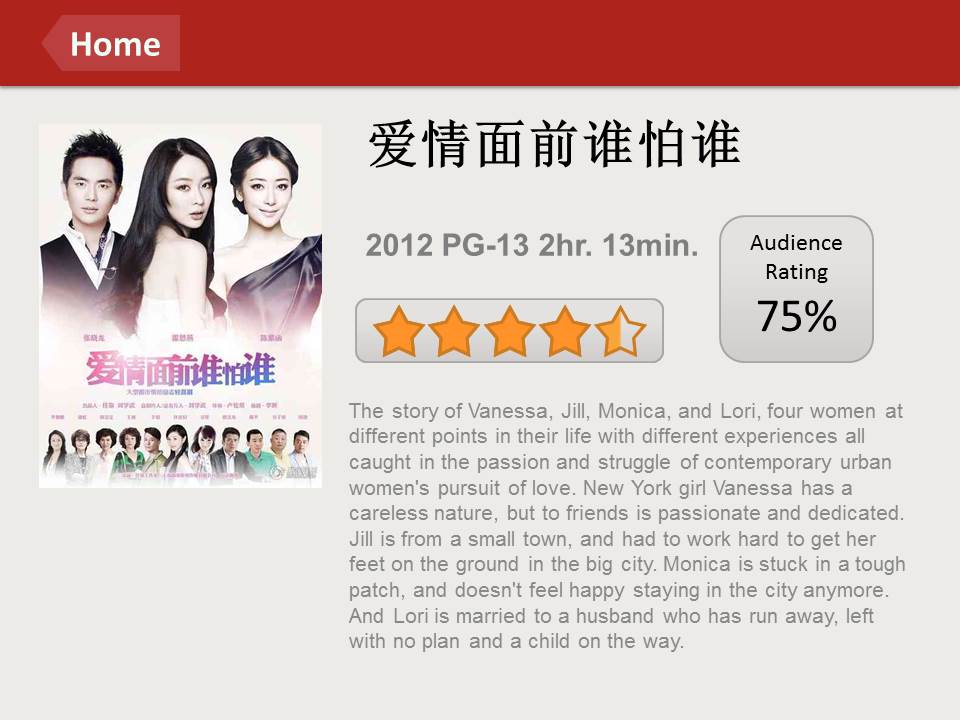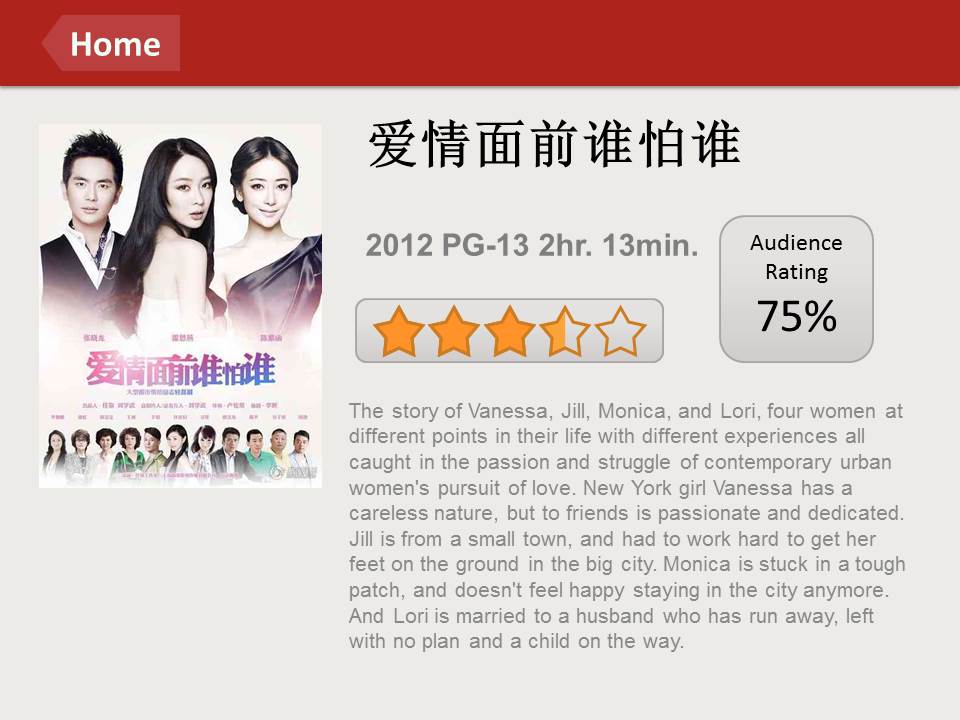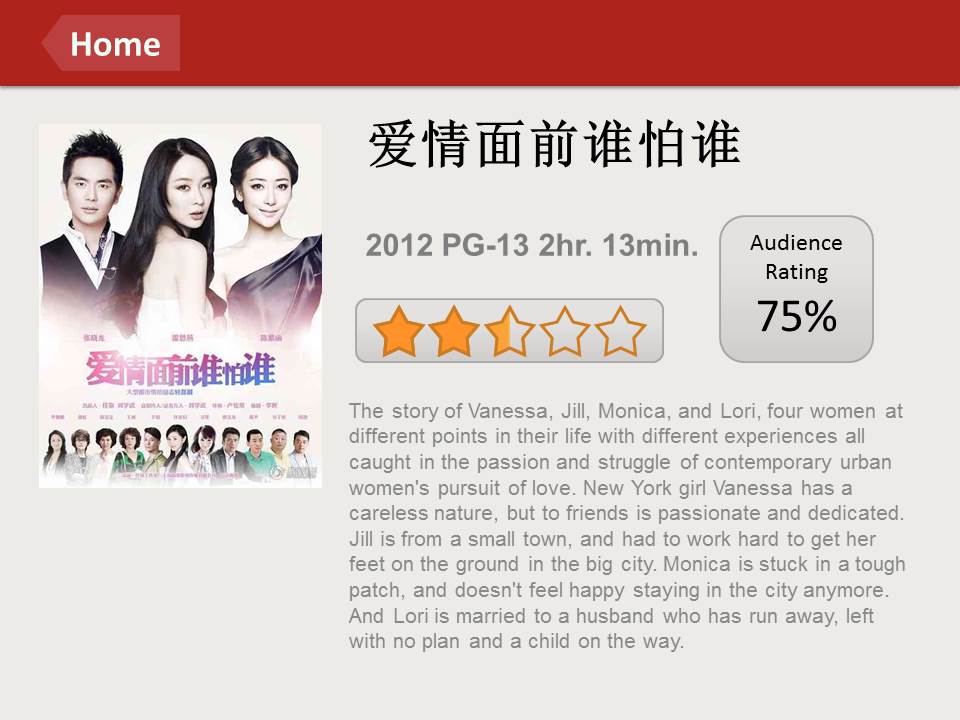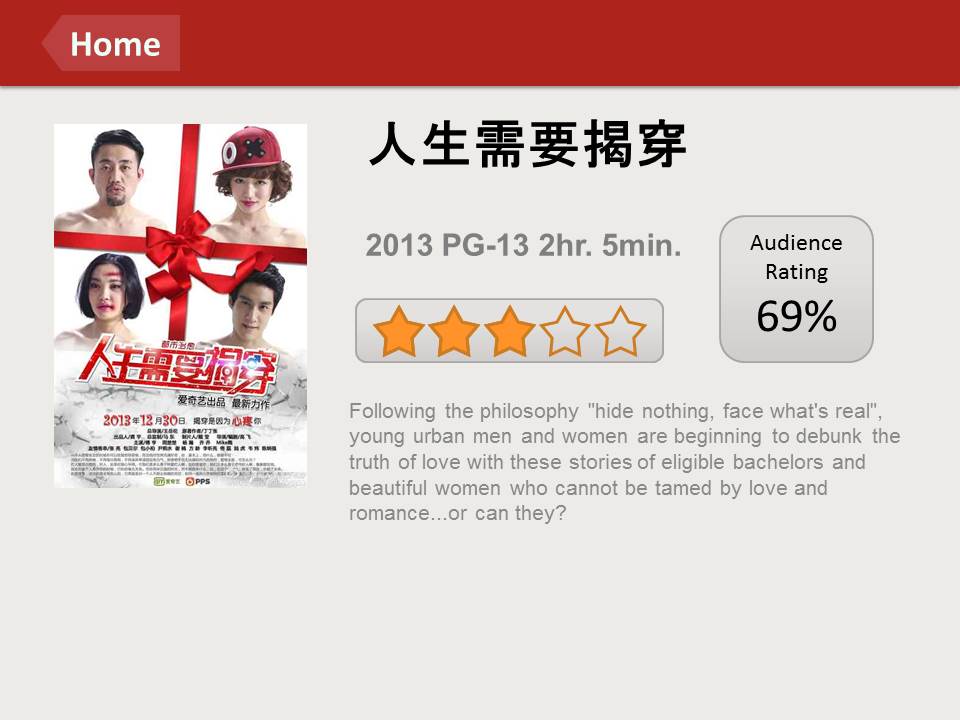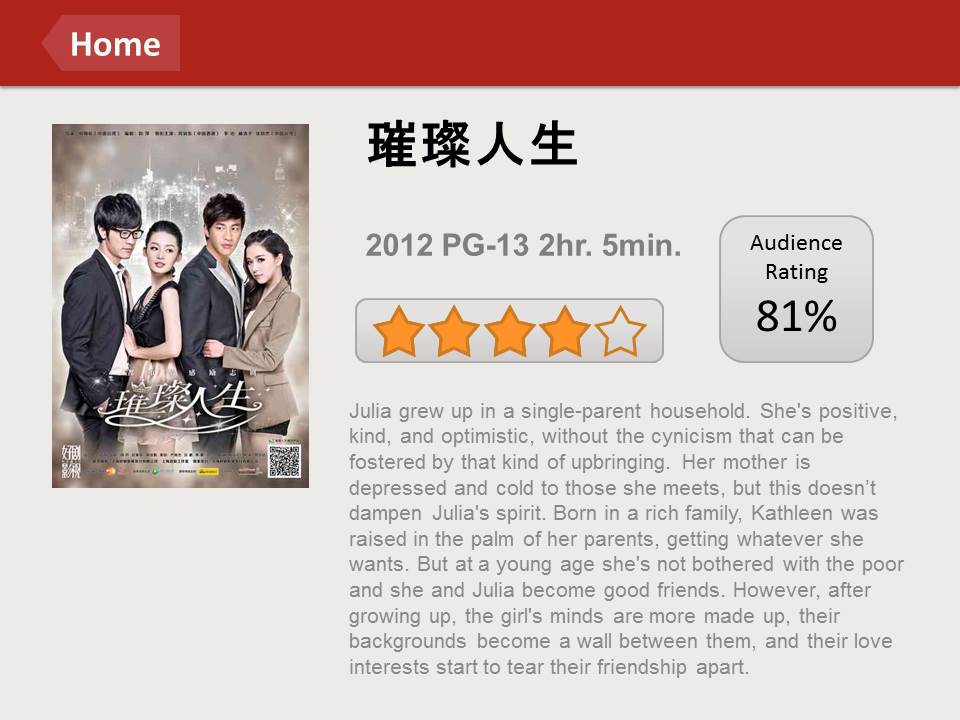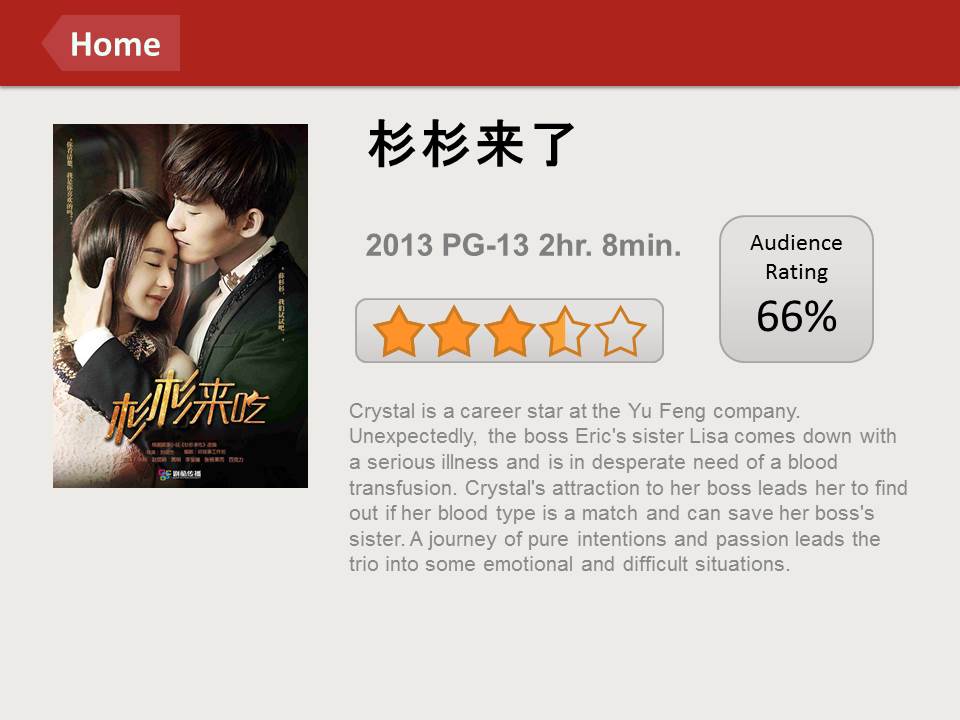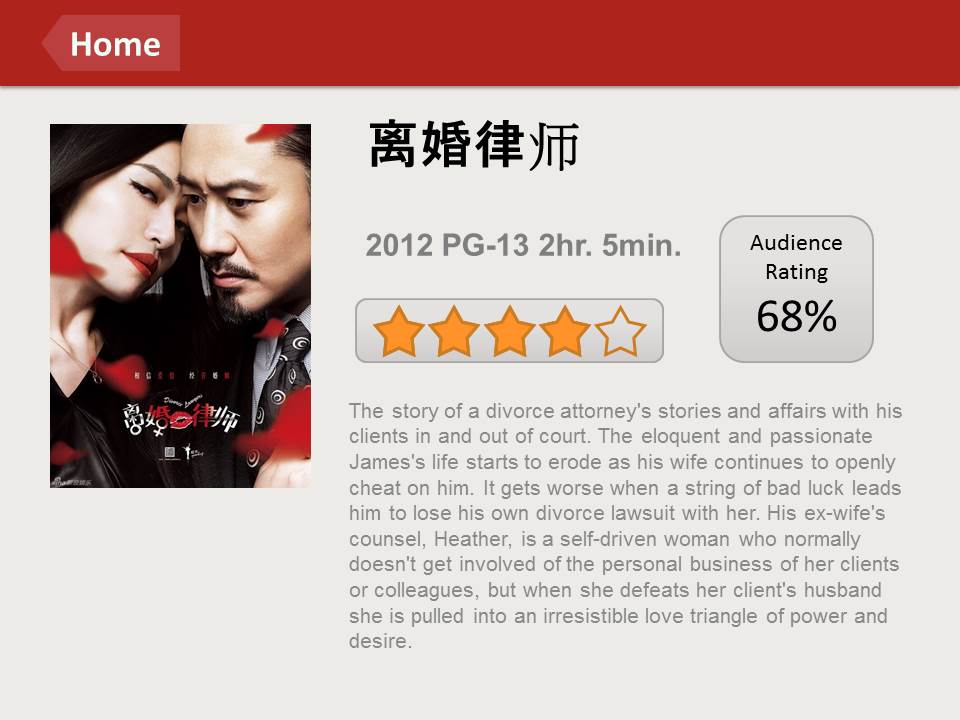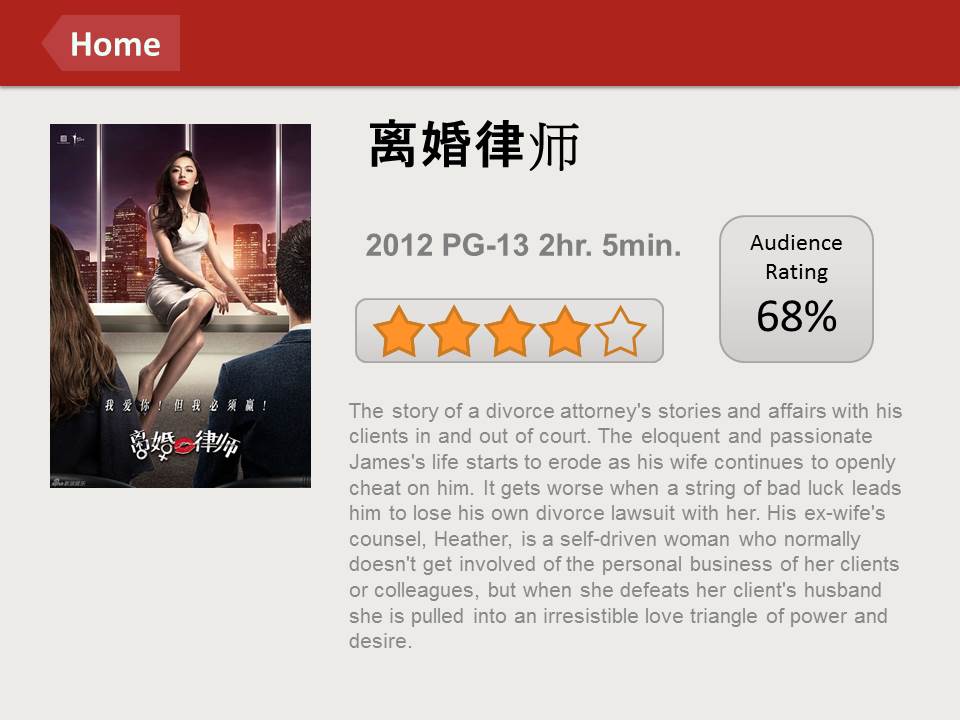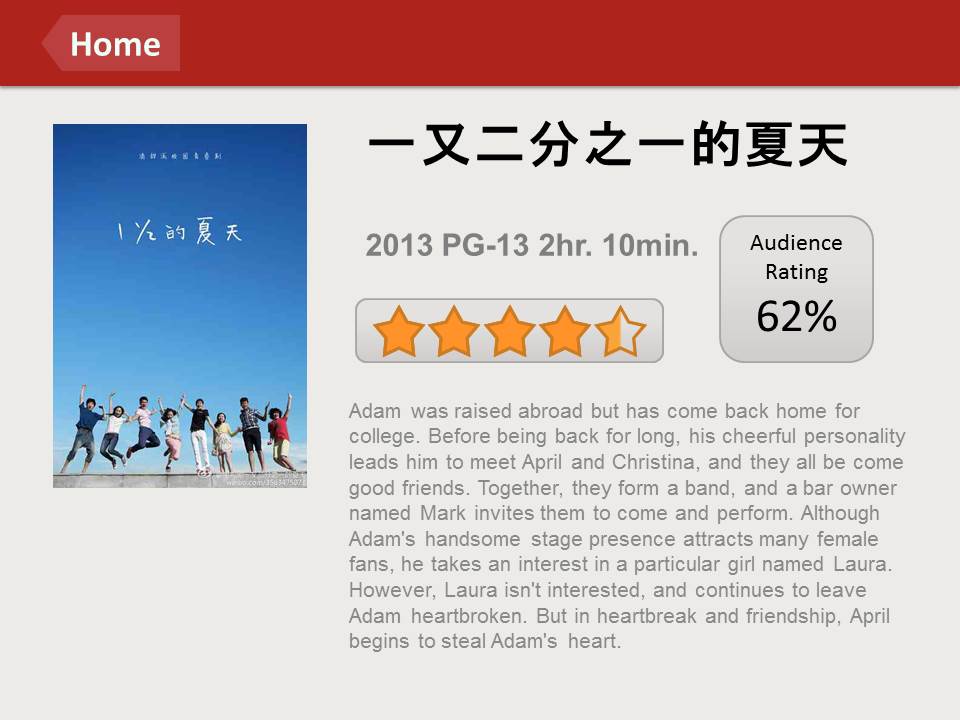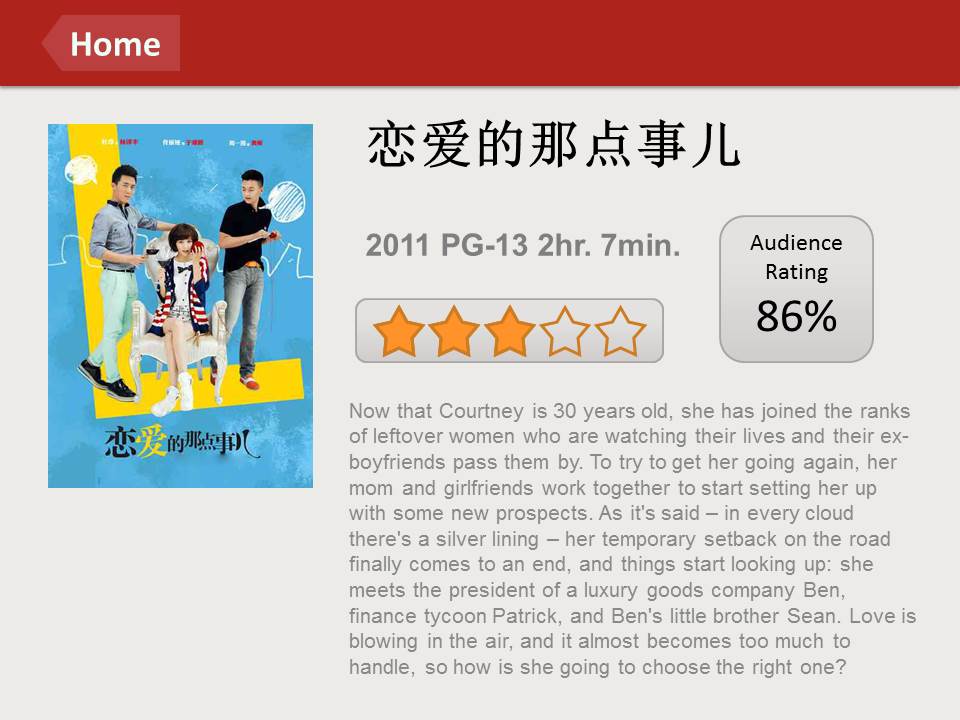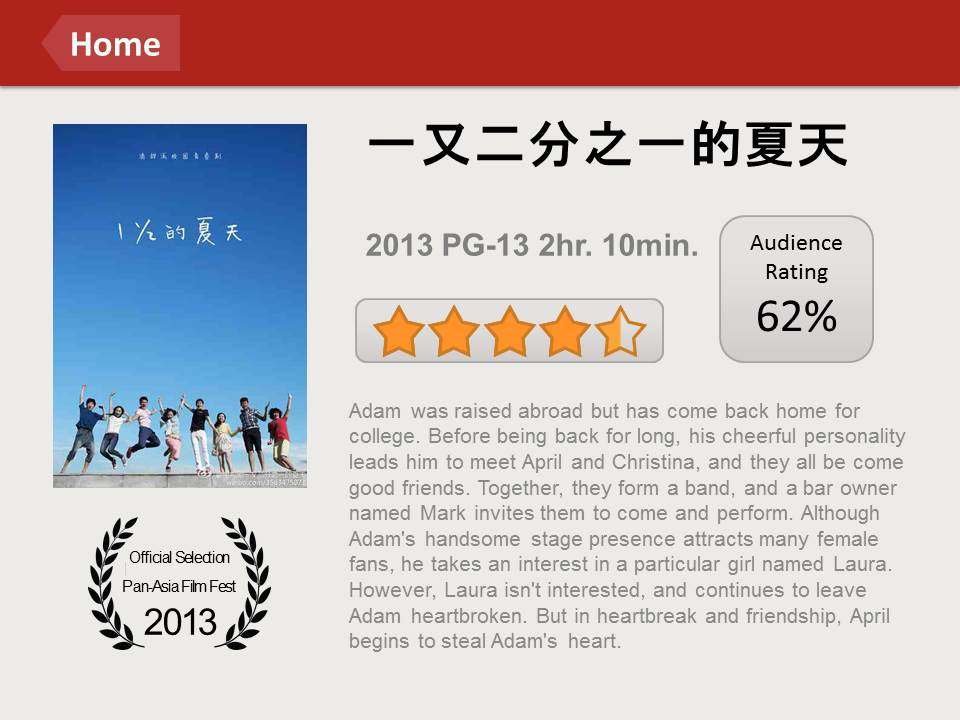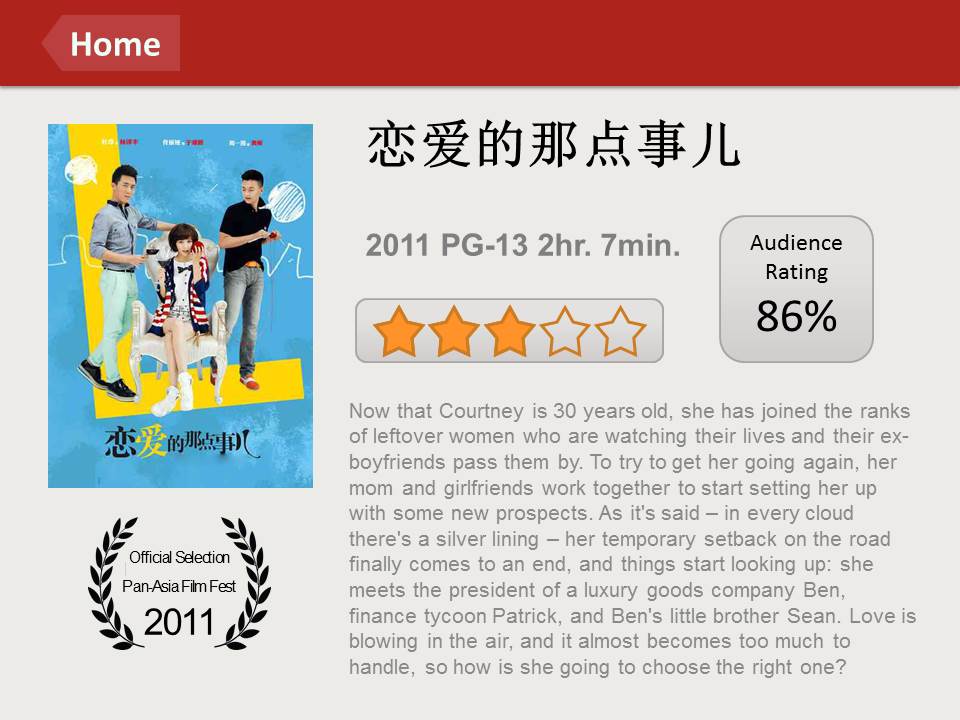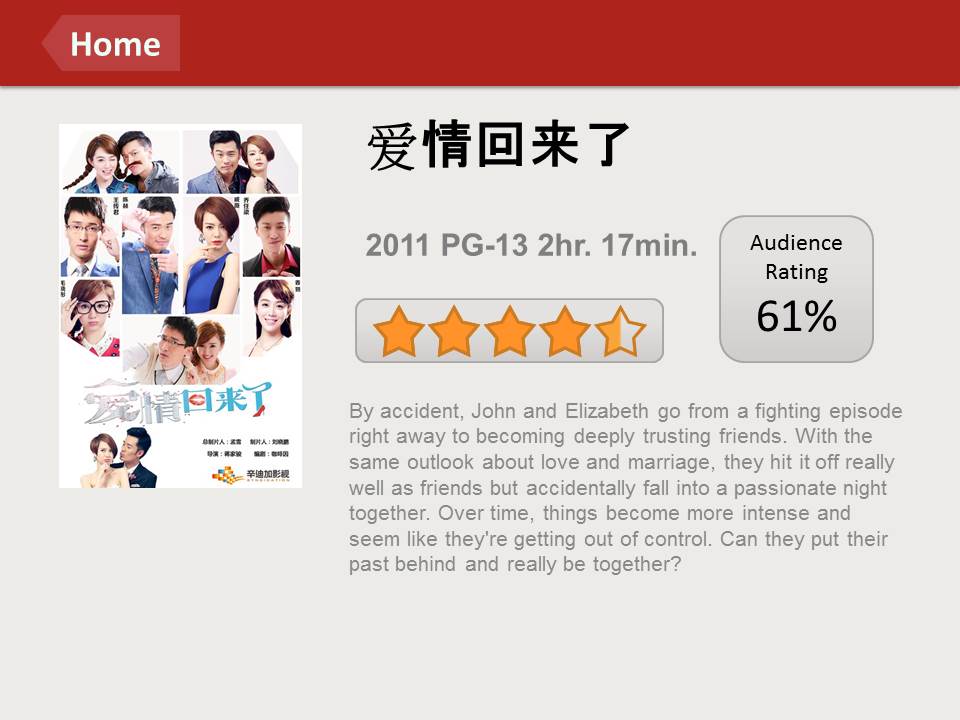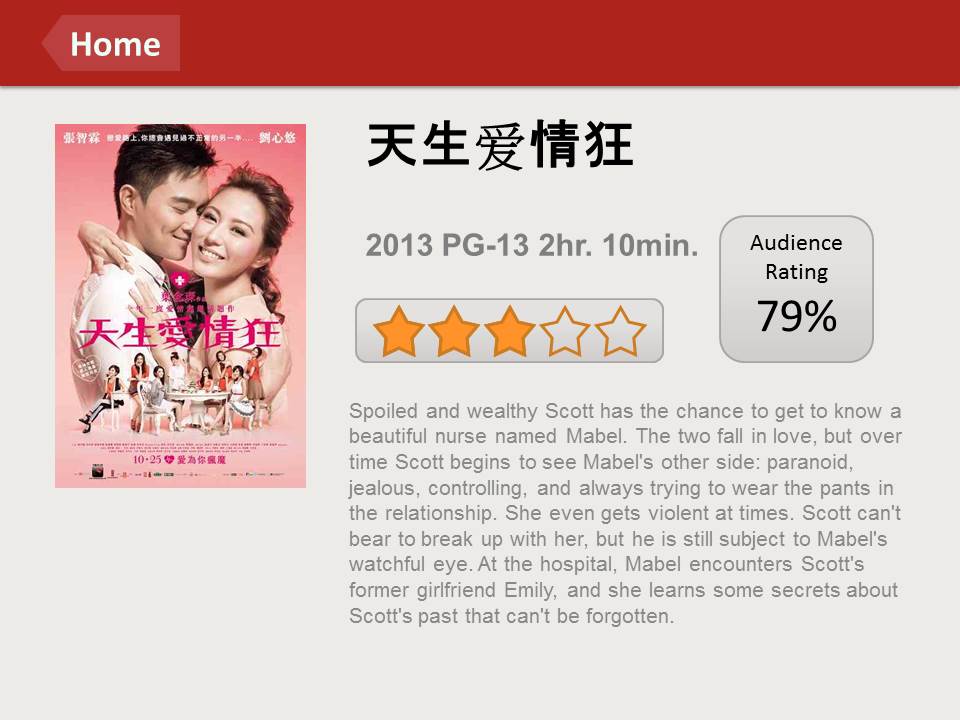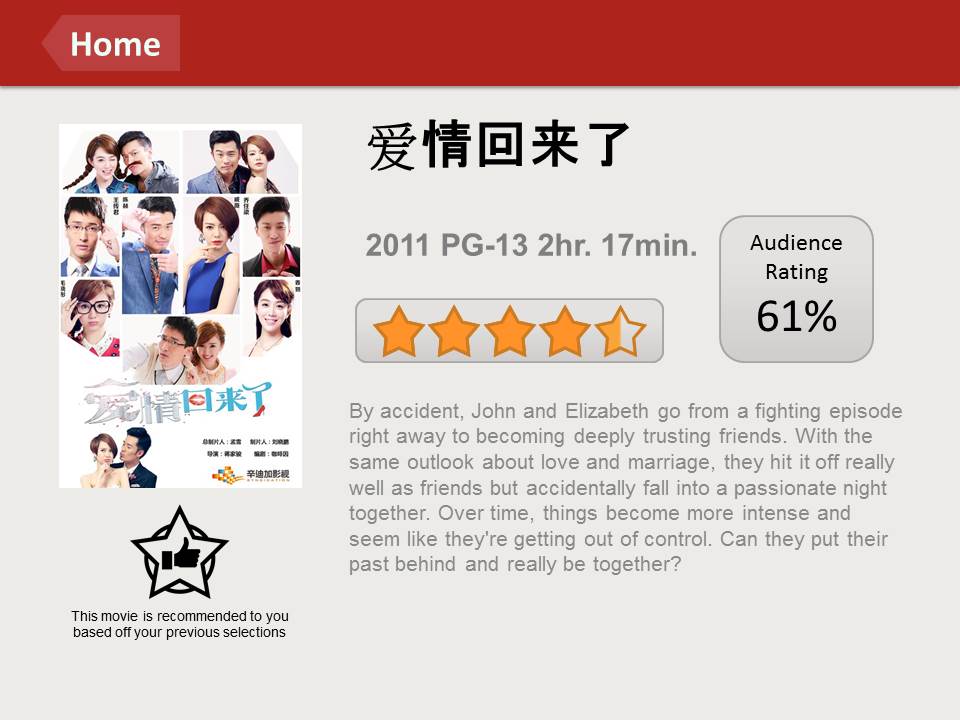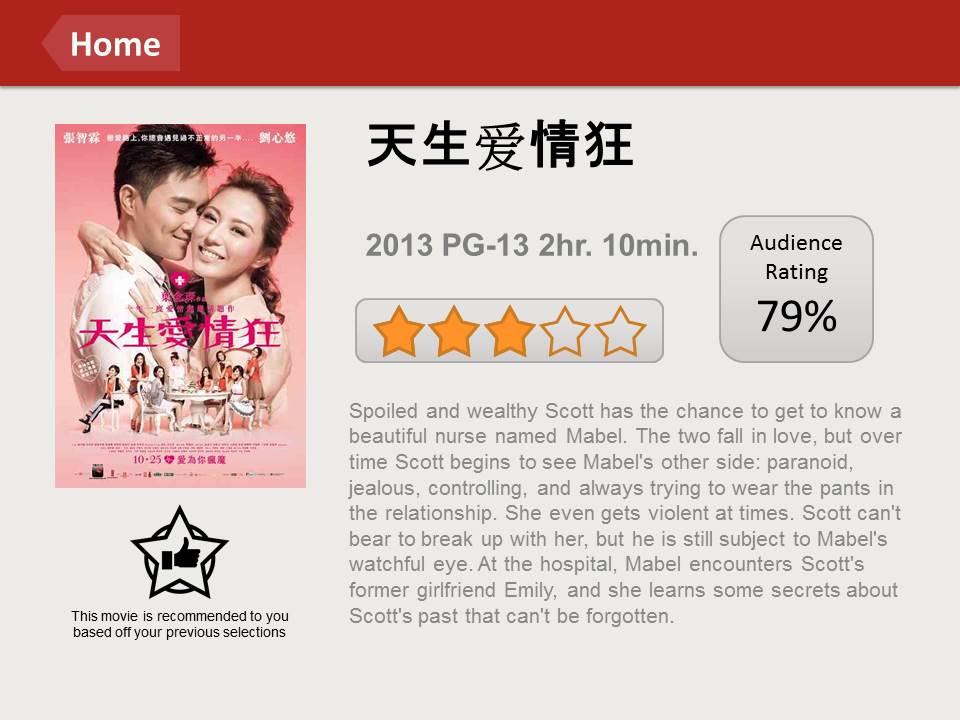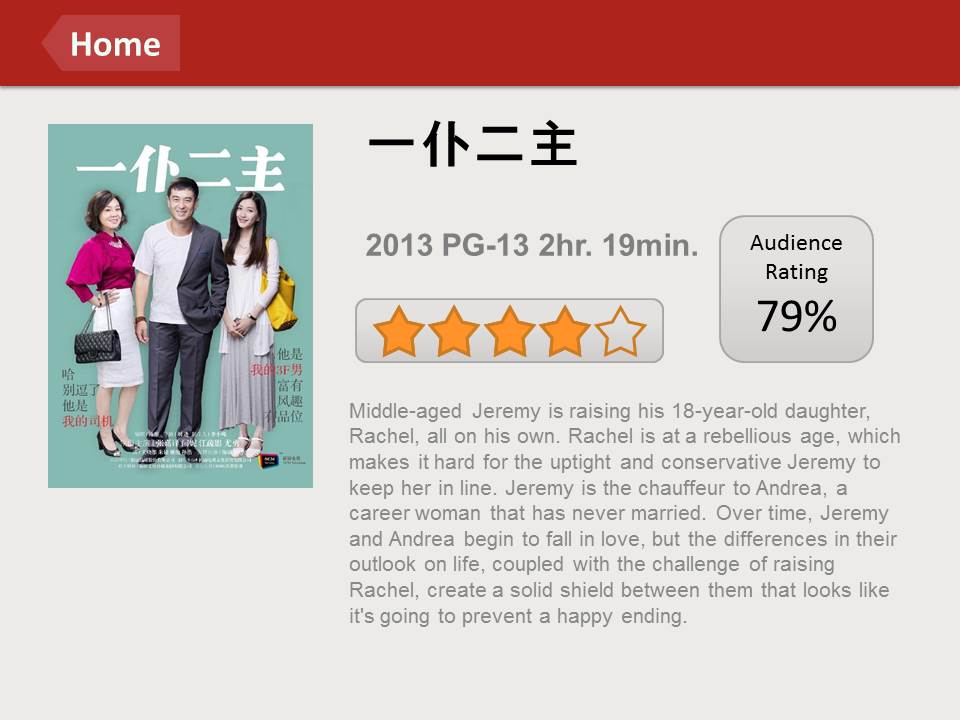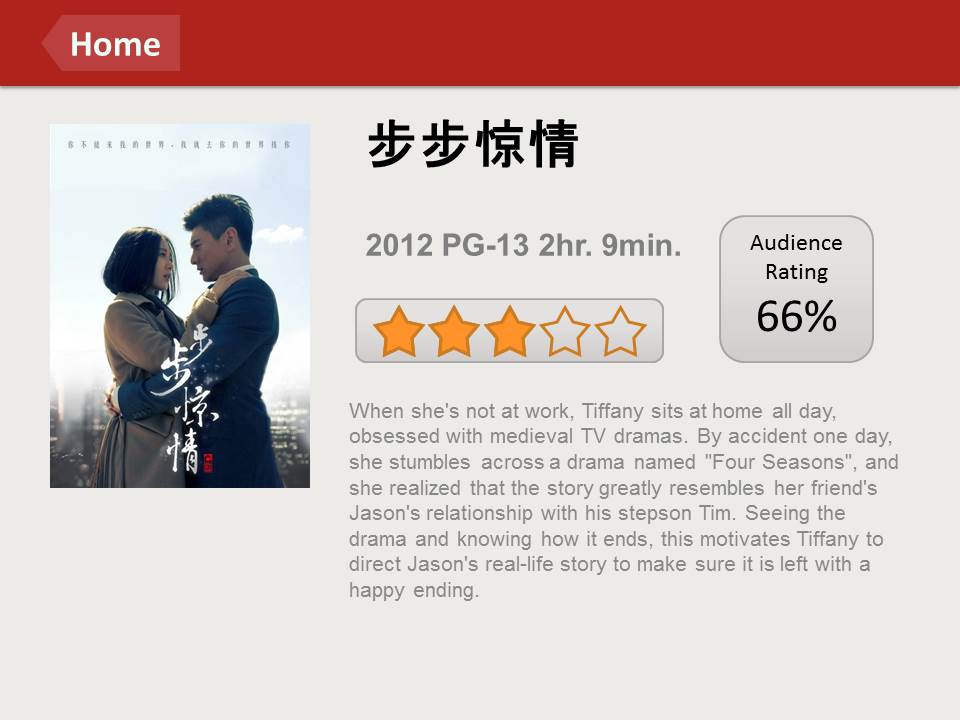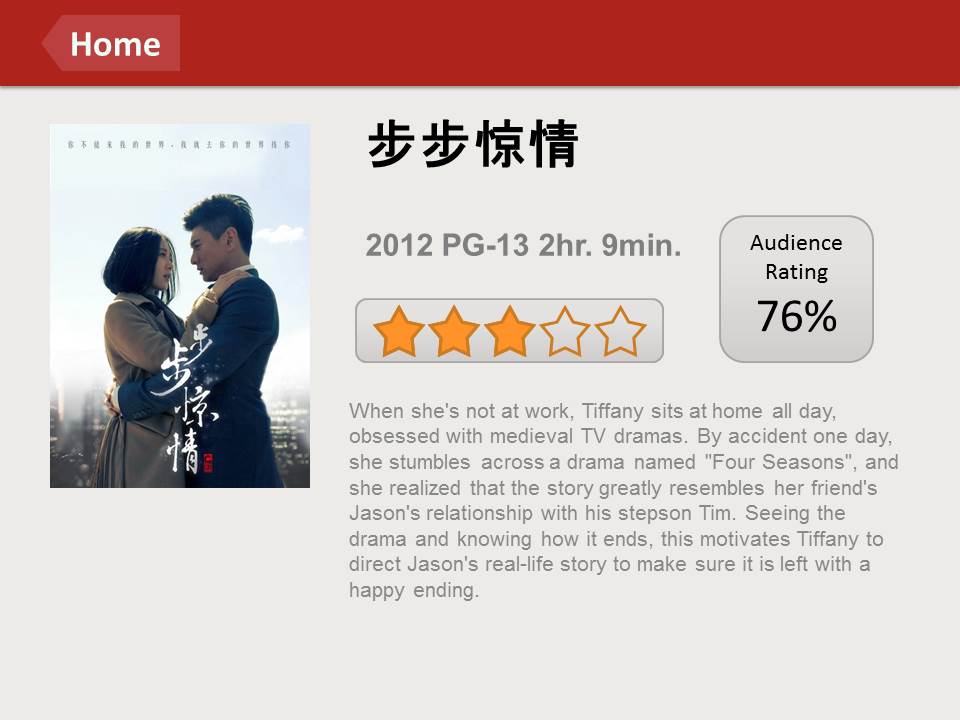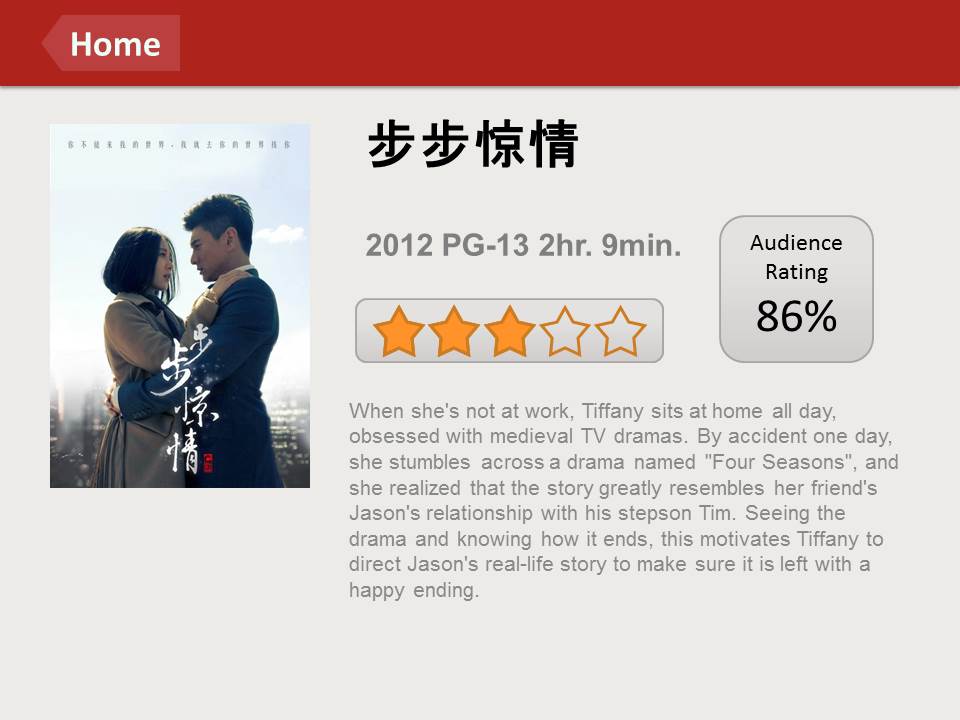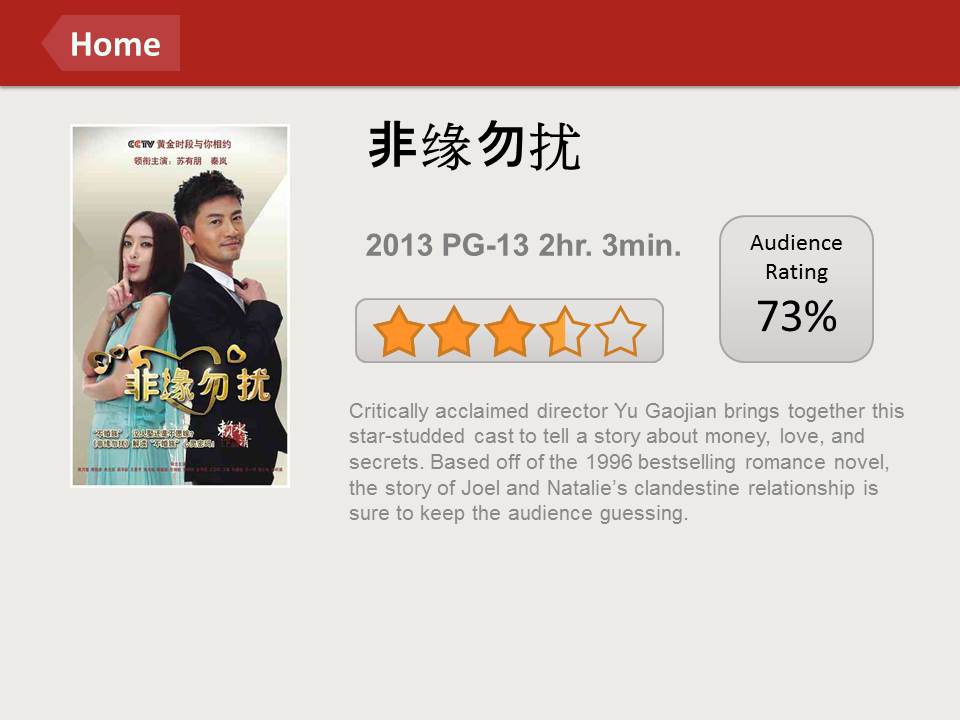Experiment Shows Fake Awards Can Influence Viewers' Choice
Question
When facing an abundance of unfamiliar and undifferentiated video entertainment alternatives, many viewers tend to experience decision fatigue and abandon the task altogether. When someone fires up Netflix and sees rows of movies or shows they have never heard about, how do they go about picking something to watch? What clues do they rely on?
Research
Participants in a survey-based experiment were instructed to select one show to watch from a set of three. To control for preferences towards specific titles, actors or genres, all options were Chinese TV shows unavailable in the United States. The visuals displayed on the screen were entirely in Chinese. Other elements included a description in English, star rating, audience rating, a “recommended” symbol, and a symbol of a fictional award.
Impact
Viewers relied on ratings more than on any other signal when making a choice. The chance a particular show would be selected increased by 15% with every additional star.
Shows with an icon for fictitious awards were chosen nearly twice as often as shows without the “award”.
Commentary
TV is a deep ocean
One can think of television as a giant complex ecosystem similar to an ocean. The surface layers of the TV ocean are undergoing a tsunami of change. Programming changes daily, genres flourish and perish, new devices are born to feed on the old and feeble. But near the bottom, in the darkness, you have this TV screen that’s been sitting there near the wall for the past 60 years. The bottom, of course, is undergoing its own inevitable changes, but those changes are both a lot slower than the ones near the surface and are of a much greater magnitude.
Too much of a good thing?
The growing number of programming options available at a given moment is compounded by the parallel emergence of new devices has an unintended effect on the audience: for many, TV is becoming too much work. 90% of respondents in a survey we conducted (in 2014) indicated a past experience of taking a long time to decide what to watch, and only a quarter of respondents report feeling happy or excited while choosing something that is supposed to provide them with a few moments of escape. 38% report often feeling that there’s nothing interesting to watch. You think of Bruce Springsteen, and you think how it’s now way more than 57 channels, devices, and subscription services -- and for many, there’s still nothin’ on.
We’ve been hearing from people about TV choices being a lot of work. Once, we conducted an experiment where we picked six normal families, and replaced their cable boxes with one of the new TV devices – AppleTV, Roku, etc – for one week. Our findings caused somewhat of a splash in tech media when our families reported back that they missed how easy cable TV was. You turn it on once, and it’s not always interesting so you tune in and out, but you don’t have to babysit it trying to find something else to watch every hour.
An opportunity to guide viewers
An experiment we conducted to understand factors that influence viewers' choice of programming options revealed opportunities for designers of TV consumption interfaces to guide viewers’ decisions and reduce their choice fatigue.
The question before us was: "When someone fires up Netflix and sees rows of movies they never heard about, how do they go about picking something to watch? What clues do they rely on?"
Our research team designed a fictional interface similar to Netflix and other on-demand services, and presented the participants with several sets of three TV shows. From each set, the participants were instructed to select one show they wanted to watch the most. To control for existing biases towards specific titles, actors or genres, all of the options were Chinese TV shows unavailable in the United States. The shows’ box art visuals displayed on the screen were entirely in Chinese. On-screen clues whose effect was tested in the study included a description in English, star rating, audience rating, a “recommended” symbol, and a symbol of a fictional award.
What we found out is that people heavily rely on star ratings to guide their choice. The chance a particular show would be selected increased by 15% with every additional star.
We also placed logos of fictional awards next to some of the shows. Shows with an ‘award’ nobody has ever heard of – because we made it up -- were picked nearly twice as often as shows without the ‘award'. Obviously, we don’t suggest Netflix and others make up award logos, but it’s clear that some cues can help people navigate the programming landscape.
In an earlier study, we showed how tweaking one-sentence movie descriptions could lead to a fourfold difference in the number of people choosing one option over the other.
Some of the experimental stimuli:
With Henry Bruce, Jared Adler, and Andres Hernandez

